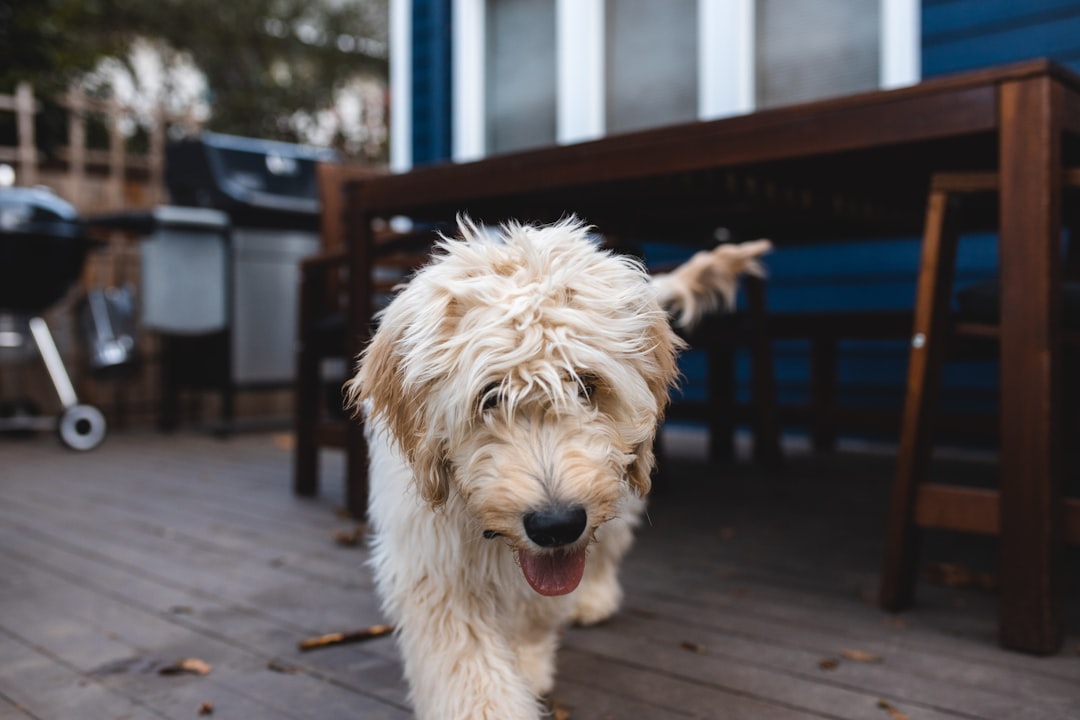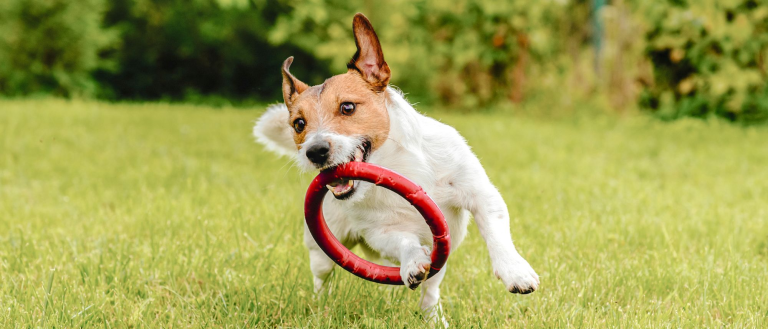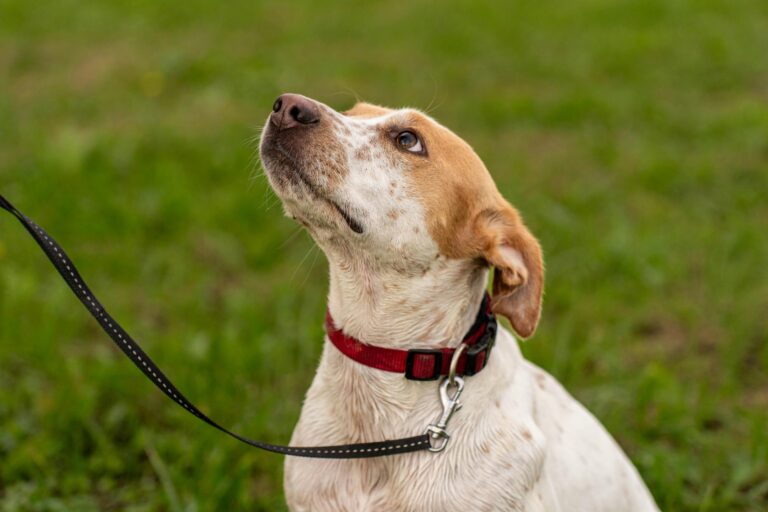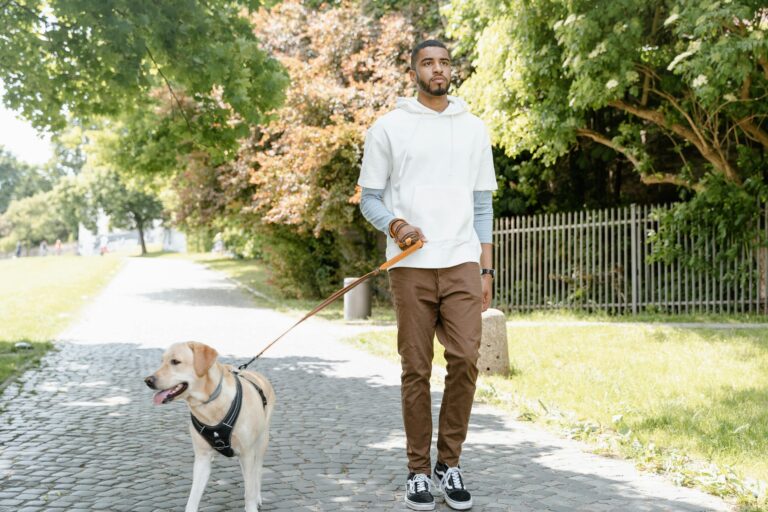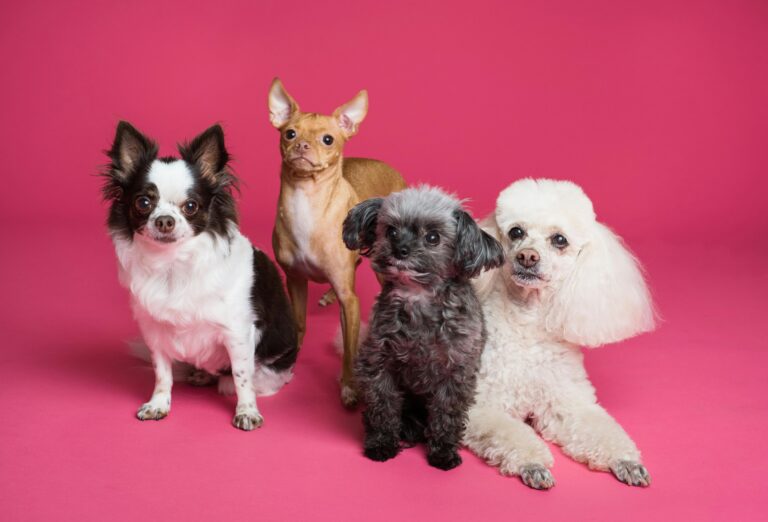Flying with Your Dog: The Ultimate Pre-Flight Preparation Guide for Pet Parents
Planning to fly with your four-legged companion? The key to successful air travel with dogs lies in thorough pre-flight preparation and carrier training. Flying with your dog requires careful planning, from selecting the right carrier to timing your flight strategically. The good news? With proper preparation, you can make the journey comfortable and stress-free for both you and your furry friend. Here’s what successful air travel with dogs looks like: • Evening flights that align with your dog’s natural sleep schedule • A properly sized carrier that feels like a safe haven • Strategic exercise and water management before the flight • Gradual carrier training weeks before departure Whether you’re moving across the country or taking a vacation, this comprehensive guide will walk you through essential pre-flight preparations. Let’s ensure your pup’s first flight experience is a positive one, setting the stage for many adventures together.
Carrier Training Strategies
Step-by-Step Training Process
Getting your dog comfortable with their carrier is a gradual process that unfolds over the course of many days or weeks. For first time flyers, start by placing the carrier in a familiar area of your home where your dog spends lots of time. Leave the door open and let your dog explore it at their own pace.
The first step involves making the carrier visible and accessible. Place some comfortable bedding inside and leave your dog’s favorite toys near the entrance. This helps create a natural curiosity about the carrier without any pressure.
Once your dog shows interest, begin tossing treats near and eventually inside the carrier. Start with treats just around the entrance, then gradually place them further inside. This encourages your dog to venture in voluntarily.
Creating Positive Associations
Transform the carrier into a cozy den by adding familiar items that carry your dog’s scent. Include their favorite blanket or a worn t-shirt that smells like you. This helps create a sense of security and comfort.
Make the carrier a place for meals and special treats. Feed your dog their regular meals near the carrier, gradually moving the bowl closer and eventually inside. This builds a strong positive connection between the carrier and enjoyable experiences.
Practice short sessions where your dog enters the carrier for treats, then exits freely. Gradually increase the duration they spend inside, starting with just a few seconds. Never force them in – patience is key to building trust and confidence.
Once your dog is comfortable entering the carrier, begin closing the door for brief periods while offering treats through the gaps. Keep these sessions short and positive, always watching their body language for signs of stress.
Start carrying the carrier with your dog inside for short distances around the house, then progress to brief car rides. This helps them adjust to movement while in the confined space, preparing them for the actual flight experience.
Airport Navigation and Security
Security Checkpoint Procedures
Navigating through a busy airport with your furry friend requires extra preparation and patience. When approaching security screening, inform the security screener that you’re traveling with a pet. You’ll need to remove your dog from their carrier, which will go through the X-ray machine separately.
While holding your dog securely, you’ll walk through the metal detector together. Some airports may require additional screening procedures, such as a pat-down or hand inspection of your pet’s carrier. Stay calm during this process, as your dog will pick up on your energy.
Keep your dog’s leash and any necessary documents easily accessible. Remember to remove any metal accessories from your pet before going through security to avoid triggering the detector unnecessarily.
Airport Pet Relief Areas
Most modern airports now feature designated pet relief areas, both before and after security checkpoints. These areas are specially designed spaces where your dog can relieve themselves safely and comfortably before the flight.
Look for signs directing you to these areas, or ask airport staff for directions. These facilities typically include artificial turf, cleaning supplies, and waste disposal stations. Plan to arrive at the airport with enough time to locate and use these areas before your flight.
It’s recommended to take your dog to the relief area immediately after passing through security and again closer to boarding time. This helps ensure your pet is comfortable during the flight and reduces the likelihood of accidents.
Remember to bring waste bags and cleaning supplies in case the relief area isn’t fully stocked. Some airports even provide water bowls in these areas, but it’s always wise to carry your own collapsible bowl.
A well-behaved dog starts with the right training—and the right trainer.
At Off Leash K9 Training in Pittsburgh, we don’t just teach commands—we build relationships. Our expert trainers focus on helping your dog achieve calm, obedient behavior both on and off leash. Whether you need help with leash pulling, barking, reactivity, or basic manners, we customize each program to meet your goals. Your dog deserves the best, and so do you. Take the first step toward better behavior by calling us today at (724) 761-2001.

